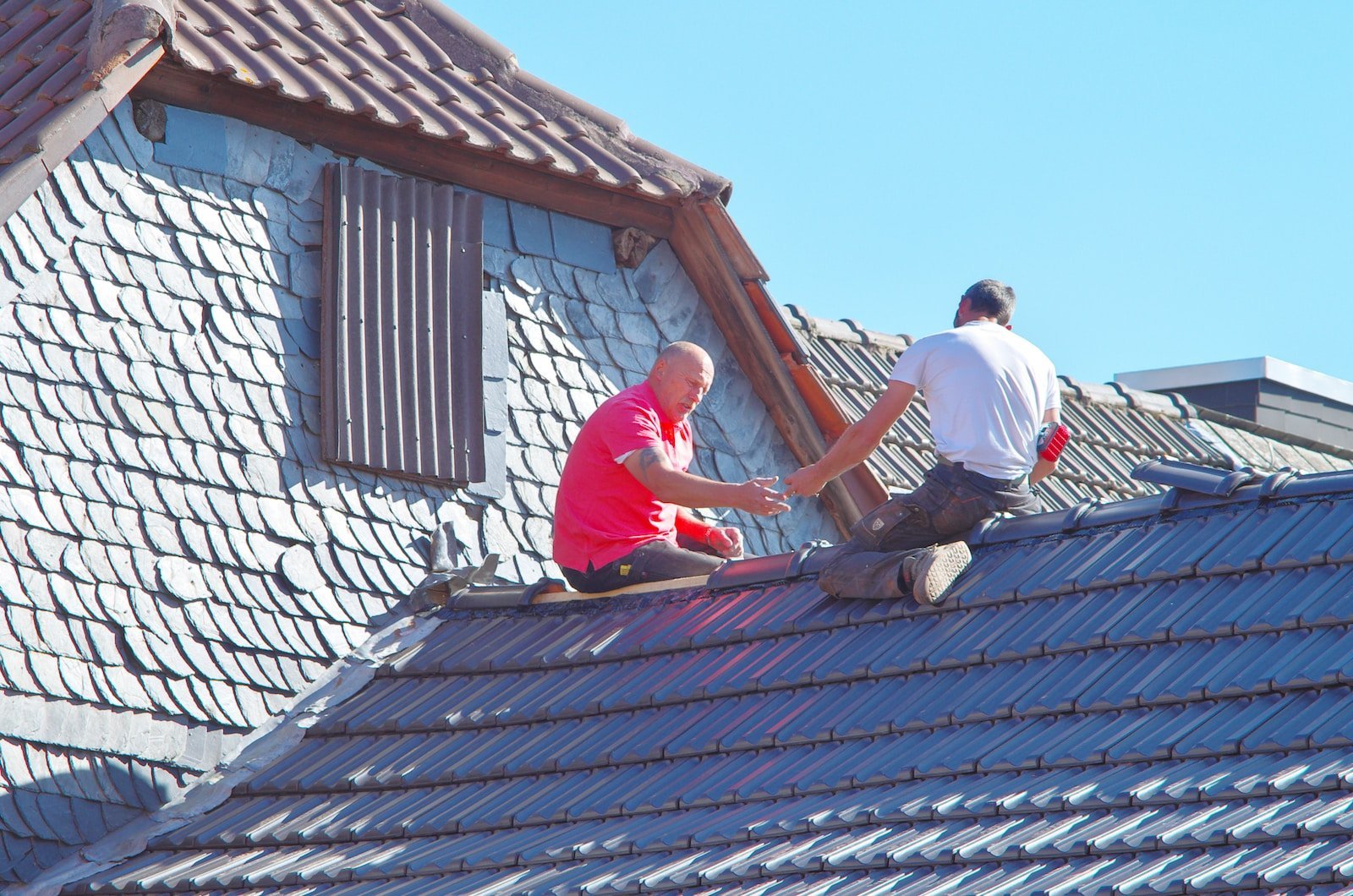Poor Ventilation Causes Roof Rot
Understanding the impact of poor ventilation on your roof’s health is crucial to maintaining a sturdy and long-lasting roof. How insufficient ventilation causes your roof to rot is a topic that many homeowners overlook, but it can lead to costly repairs and even the need for a full roof replacement. Without proper ventilation, moisture can build up in your attic, causing damage to your roof’s structure and shingles. In this article, we will explore the effects of poor ventilation on your roof and provide tips on how to prevent roof rot.
The Importance of Proper Attic Ventilation
In addition to roof rot, poor attic ventilation can lead to a variety of other problems in your home. For example, during the summer months, the hot air that accumulates in your attic can cause your air conditioning system to work harder than it needs to, which can result in higher energy bills. Additionally, poor ventilation can lead to the buildup of moisture in your attic, which can create the perfect environment for mold and mildew to grow. Not only is this unsightly, but it can also be harmful to your health.
On the other hand, proper attic ventilation can help to prevent these problems and keep your home healthy and comfortable. By allowing air to circulate freely through your attic, you can reduce the temperature and humidity levels, which can help to prevent the growth of mold and mildew. Additionally, proper ventilation can help to extend the life of your roof by preventing moisture buildup and reducing the risk of rot.
Overall, proper attic ventilation is crucial for the health and longevity of your home. By ensuring that your attic is properly ventilated, you can prevent a variety of problems and keep your home comfortable and safe. So if you haven’t already, it’s time to take a closer look at your attic ventilation and make any necessary improvements.
How to Ensure Your Attic is Properly Ventilated
One of the most important steps in preventing roof rot is ensuring that your attic is properly ventilated. Without adequate ventilation, moisture can build up in the attic and cause the roof decking and other materials to rot. So, how can you ensure that your attic is properly ventilated?
First, make sure that your attic has both intake and exhaust vents. Intake vents are located at the eaves or in the soffit, and they allow fresh air to enter the attic. Exhaust vents are located near the peak of the roof and they allow hot, moist air to escape. Without both types of vents, air cannot circulate properly and moisture can build up.
Second, make sure that your vents are not blocked or covered. Over time, debris such as leaves, dirt, and even bird nests can accumulate in your vents and block airflow. Regularly inspect your vents and remove any blockages to ensure proper ventilation.
Finally, consider installing a fan or attic ventilation system. These systems can help to increase airflow and prevent moisture buildup in the attic. Talk to a professional roofer or contractor to determine the best ventilation system for your home.
By ensuring that your attic is properly ventilated, you can help to prevent roof rot and extend the life of your roof. Don’t wait until it’s too late – take action now to protect your home.
The Dangers of Neglecting Attic Ventilation: How Poor Ventilation Can Lead to Costly Roof Repairs
Poor attic ventilation can cause a host of problems for homeowners, including costly roof repairs. When hot air is trapped in the attic, it can cause the shingles on the roof to deteriorate, leading to leaks and other damage. Additionally, moisture can build up in the attic, which can lead to the growth of mold and mildew. This can not only cause health problems for those living in the home, but it can also weaken the structure of the roof, making it more susceptible to damage from wind and other weather conditions.
Furthermore, poor attic ventilation can also lead to increased energy costs. When hot air is trapped in the attic, it can cause the temperature in the home to rise, making it more difficult to cool the home during the summer months. This can lead to higher energy bills as the air conditioning system has to work harder to maintain a comfortable temperature.
In order to avoid these problems, it is important to ensure that your attic is properly ventilated. This can be done by installing vents in the roof or in the gables of the home. It is also important to ensure that the vents are not blocked by insulation or other materials. By taking these steps, you can help to ensure that your home is protected from costly roof repairs and other problems caused by poor attic ventilation.
Identifying Signs of Poor Ventilation
If you suspect that your roof is suffering from poor ventilation, there are several signs that you can look out for. One of the most common signs is the presence of mold or mildew in your attic or on your roof. This is caused by the buildup of moisture, which can lead to rot and decay over time. Another sign of poor ventilation is the presence of ice dams on your roof during the winter months. This occurs when warm air from your home rises to the attic and melts snow on the roof, which then refreezes at the eaves and causes water to back up under the shingles. Finally, if you notice that your energy bills are higher than usual, this could be a sign that your HVAC system is working harder than it needs to due to poor ventilation, which can lead to higher costs over time.
Overall, proper ventilation is essential for maintaining the health and longevity of your roof. By understanding the importance of proper ventilation and knowing how to identify signs of poor ventilation, you can take steps to protect your roof and extend its lifespan. If you suspect that your roof is suffering from poor ventilation, it is important to consult with a professional roofing contractor who can assess the situation and recommend the best course of action. With the right care and maintenance, your roof can continue to provide you with reliable protection and peace of mind for years to come.

